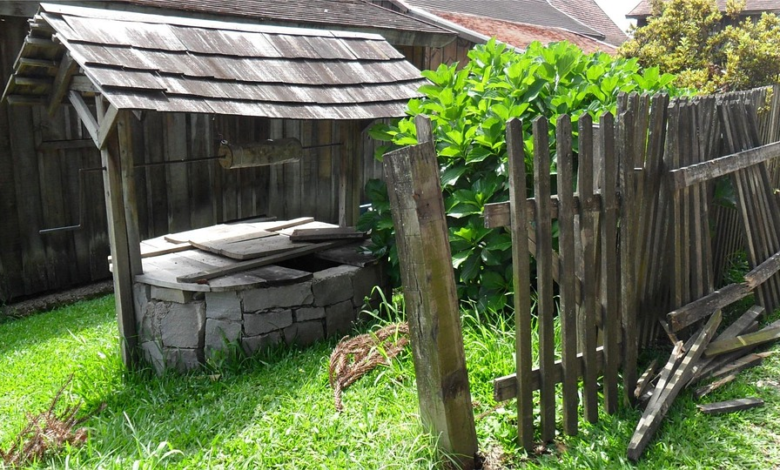How to Know If Well Water is Safe After Buying a Property

Venturing into new property ownership is often riddled with a myriad of choices and obligations, with the well water’s quality frequently going unnoticed. For a vast number of homeowners, well water fulfills their primary drinking and household water needs. Guaranteeing its safety not only defends your health but also secures your investment.
Polluted water can trigger severe health conditions, expensive treatments, and even pose regulatory challenges. Understanding how to validate your well water’s safety will offer you tranquility and enable you to make well-versed decisions for your newfound home.
Indications of Your Well Water Possibly Being Unsafe
Several signs can suggest that your well water may not be safe. Be vigilant about both visible and non-visible signals. Water discoloration, peculiar smells, or a metallic flavor are usual warning signs of potential pollution. For example, water that is brown or orange could suggest the existence of iron or manganese, while an odor of sulfur could hint at hydrogen sulfide gas.
Even if the water appears clean and tastes normal, it’s essential to remember that many pollutants are imperceptible and lack odor, like bacteria or harmful chemicals. If neighboring properties have had well water problems in the past, it could also signify possible risks.
The Significance of Water Testing
Testing the well water is the sole dependable method to ascertain its safety. The U.S. Environmental Protection Agency (EPA) encourages all well owners to execute water tests at a minimum once a year. This process becomes incredibly important when you shift to a new property, as underground conditions can significantly differ, even within the same region.
You can kickstart this process by getting in touch with your local health department or a certified water testing laboratory. These agencies can guide you regarding the types of tests your water may require, typically including tests for bacteria, nitrates, lead, and other possible pollutants. Some tests can be performed using home kits, however, for exhaustive results, a professional assessment is advised.
Common Pollutants in Well Water and Associated Health Dangers
Multiple pollutants can be hiding in well water and pose grave health threats. Bacteria like E. coli is a primary worry and may lead to gastrointestinal diseases. High nitrate levels, mostly due to agricultural runoff, can be particularly harmful to infants and expecting mothers, leading to potential health issues such as methemoglobinemia, or “blue baby syndrome.”
Other pollutants comprise heavy metals like arsenic and lead, which can cause severe health problems when ingested over a period. Chemical pollutants from nearby industrial facilities or pesticides can also penetrate groundwater, making regular testing extremely crucial. Awareness about possible pollutants can aid you in taking precise actions to tackle specific hazards.
How to Purify Polluted Well Water
If your water tests identify pollution, several treatment options can guarantee your water is safe. For bacterial pollution, shock chlorination is a frequent remedy. It involves introducing chlorine to the water to eliminate bacteria.
If your water houses chemicals or heavy metals, quality filtration systems for well water might be required. Reverse osmosis systems are highly efficient in eliminating nitrates, arsenic, and selected chemicals. Activated carbon filters can also assist in removing odors and some chemical pollutants.
For persistent safety, some homeowners opt to install a full-house filtration system, which tackles all possible pollutants at the point of entry. No matter which option you select, collaborating with a water treatment expert can guide you towards the most effective solution for your circumstances.
Safeguarding Your Health and Investment
Ensuring the safety of well water is a duty that every new property owner should consider gravely. From identifying early cautioning signals to performing regular testing and researching effective treatments, these steps will allow you to relish clean and secure water for the foreseeable future.
If you’re uncertain about where to begin, consult your local health authorities or a reliable water quality expert. Undertaking action sooner rather than later guarantees safety for your household and safeguards your investment in your new property.




